We independently evaluate all recommended products and services. If you click on links we provide, we may receive compensation.
Browse the beauty aisle at your local drugstore and you’ll see rows upon rows of lip products — not just lipsticks and lip balms, but also lip glosses, lip oils, lip stains, and lip tints. The choices are endless and overwhelming, especially since many of the products seem similar. If you look closely and read the fine print, though, you’ll notice that there are some key differences. Glosses, oils, stains, and tints vary in finish, consistency, color saturation, and wear time, among other things. So, how do you know which product is right for you?
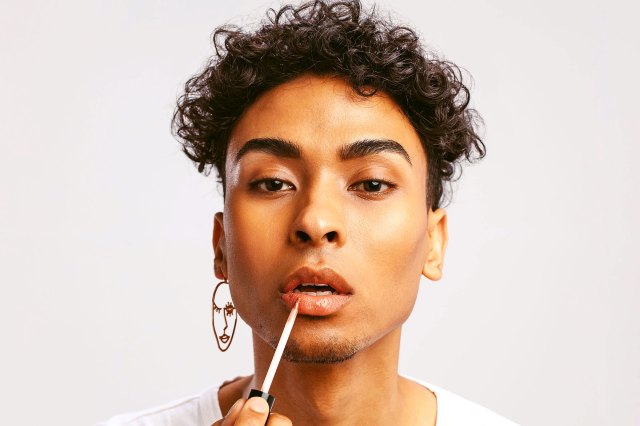
Lip Glosses
Among lip glosses, oils, stains, and tints, glosses are probably the most familiar — they’ve been in and out of fashion for decades, ever since Max Factor created Lip Pomade in 1928 to make actresses’ lips glisten on film.
As the name suggests, lip gloss offers ultra-glossy, luminous shine, which has the effect of making your lips look plumper and more luscious. Color payoff tends to be pretty high, but gloss can also be made without pigment or in sheer, glittery shades. Its distinguishing feature is the texture: Lip gloss is generally thicker and tackier than other lip products, though some brands now make formulas marketed as “non-sticky.” (Anyone who’s ever gotten their hair stuck to their gloss on a windy day knows the value in that.) In any case, gloss typically sits on top of your lips without absorbing into the skin, so it’s not transfer-proof and it wears off — but it offers a stunning, vinyl-like finish in the meantime.
Popular lip glosses to try:
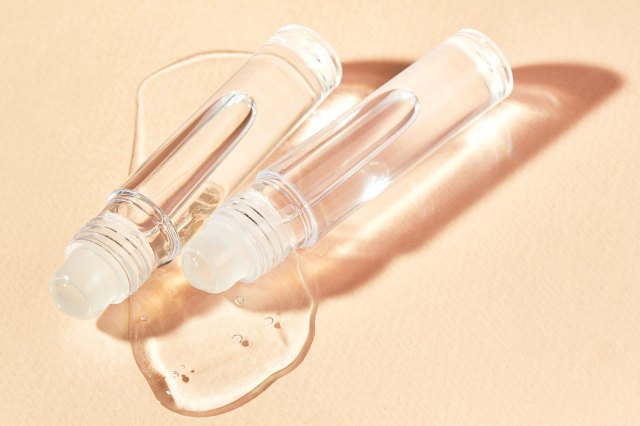
Lip Oils
Lip oils also provide shine, but to a lesser extent than glosses. They tend to be thinner and less pigmented (perfect if you’re looking for a sheer hint of color), and they’re often infused with natural oils, some of which can help nourish your lips and create a nice, slippery finish. That finish acts as a seal of sorts, creating a barrier between your lips and the elements — but lip oils alone are probably not enough to keep your pout hydrated. Try layering one over a hydrating balm to seal in extra moisture.
Popular lip oils to try:
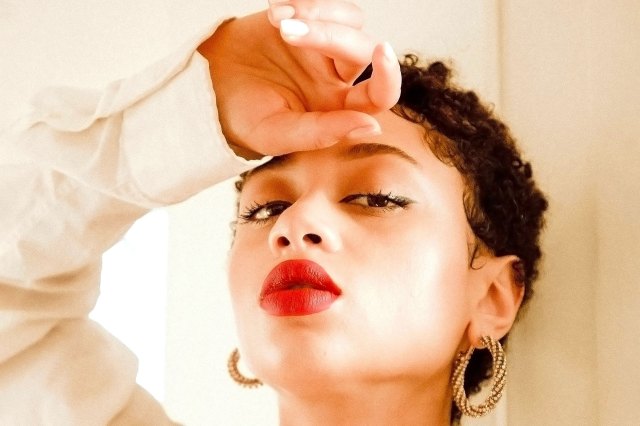
Lip Stains
True to their name, lip stains essentially stain your lips; as the product dries down, the pigment is absorbed into your pout, leaving behind a wash of color that lasts for hours. The effect is a soft, lived-in look, like a prettier, more saturated, and more even version of red wine-stained lips. And since the color sinks into your skin instead of sitting on top of it, lip stains generally have more staying power and require fewer reapplications throughout the day than other products, such as cream lipsticks or lip tints. (This also means they’re a little more difficult to remove, but an oil-based cleanser will generally do the trick.)
Many lip stains come in matte formulas, which can be drying, so it’s important to prep your pout before applying. Try a lip scrub to exfoliate and slough off any flakes or dry skin, and then use a hydrating lip balm to create a smooth canvas. Starting in the center of your lips, apply the stain in a thin layer — or for a softer, more blurred look, tap it in with your finger.
Popular lip stains to try:
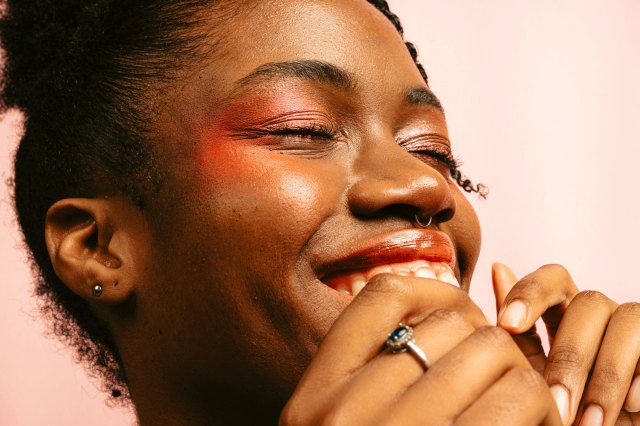
Lip Tints
Though the terms are sometimes used interchangeably, lip tints are distinct from lip stains. True lip tints offer sheer, natural-looking color and tend to be a little more hydrating or emollient than lip stains. (Many have a balm-like finish.) They’re great for that “your lips but better” look on easy, minimal makeup days — but they’re generally not meant to last, so you’ll probably need to reapply throughout the day.
As with lip stains (and many other lip products), it’s a good idea to prep your lips with a gentle exfoliant, just to ensure a smooth application. Lip tints are the epitome of effortless, though, so once your lips are prepped, you can just swipe on the color.
Popular lip tints to try:
This article is for general informational purposes only.
Affiliate Disclaimer Medical Disclaimer





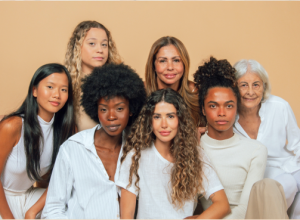

 Unique Beauty is free for all users.
Unique Beauty is free for all users.